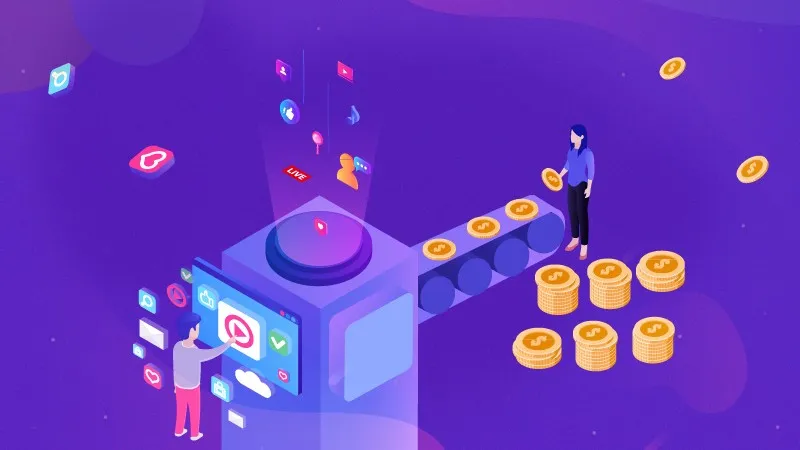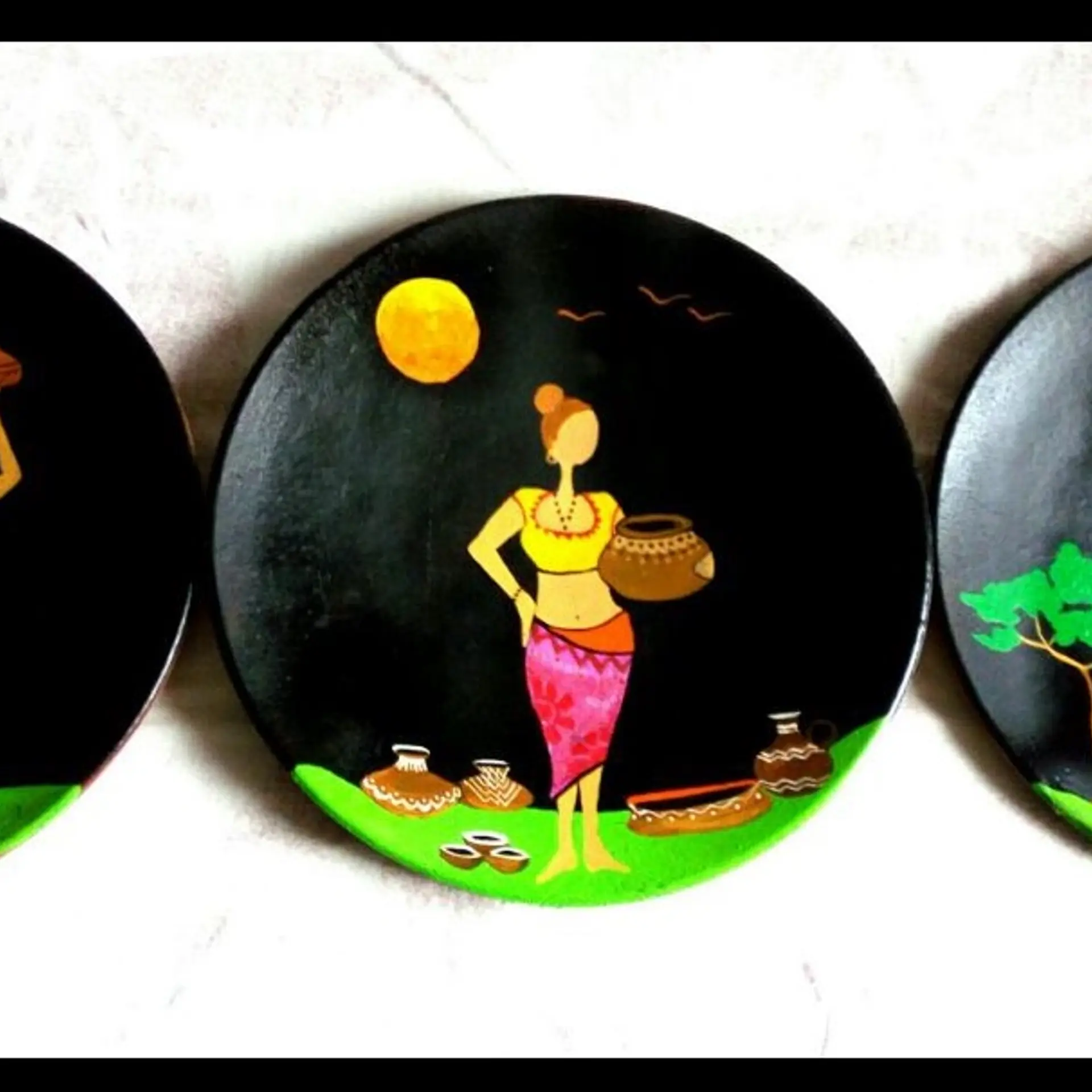

How to Monetize Your Video Content Without YouTube?
Are you struggling to monetize your video content with YouTube? You've landed in right place. Here are the few best way to monetize video content that doubles your revenue.

Creating high-end, curable videos takes time, effort and money. While some people make videos for fun, professional cinematographers and video graphers create mesmerizing films and vlogs for their audience. Since creating and curating such professional-grade content is costly, all creators and producers need a way to cashback on their investments. But in order to get a decent ROI, it is essential to know how to monetize your video content, and even before you can do that, you need to have an audience that is willing to pay.
By the end of 2020, video content will drive a whopping 80% of all online traffic.
Growing in the video industry requires patience. Video creation is essentially an art form and unless you’re a video editing mogul like Peter McKinnon or Casey Neistat, getting people to watch your videos and pay you for them is going to be very. hard. Unless you get lucky and one or more of your videos go viral on social media. But it’s a chance not many people are willing to take.
Hurdles Of Making It in the Video Industry
- The market is super-competitive and extremely saturated.
- Very time consuming and requires complete dedication.
- Almost impossible to get the reach required to start monetizing video content.
While all these are true for most video platforms, YouTube is the one that people tend to focus on the most, and for good reason.
Why YouTube Isn’t Always an Ideal Option for Creators
YouTube is considered to be the biggest video streaming platform, and a lot of new creators aspire to start their journey there. But in order for them to have a clear picture of what’s in store for them, they need to know the pros as well as the cons of YouTube.
Pros of YouTube:
- It has a pretty high viewership compared to other consumer-grade platforms.
- It’s an established brand so you can piggyback on its authority.
- It’s a great platform to share creative and innovative ideas, products or technology.
Cons of YouTube:
- Heavy competition and a time-consuming exercise.
- Monetization problems and issues with YouTube’s everchanging policies.
- Complying with advertisers’ policies, that is if you get any advertisers.
- In order to get sponsorship, you need a decent viewership first.
- Financially unstable option.
If this is a bit confusing, let’s get into the deets of it.
Difficulties Faced by Creators in Monetizing Video Content on Youtube
While YouTube is one of the leading authorities in video streaming, it lacks a fair video monetization business model which should put the creators first and not advertisers. Suppose your content got enough traction that you get into YouTube’s Partner Program. Your following videos will start generating income through ads, which means dealing with advertisers and their own set of rules and policies. This greatly hinders with the creative process of any creator. On top of that, the advertiser can pull back their sponsorship at any time, completely stripping down the income streams made by certain videos.
Ads are one way of directly monetizing YouTube videos. Then there are indirect methods like sponsored videos or videos that have third-party in-branding. These are highly effective methods of generating revenue via YouTube, but for an organisation to sponsor your video, you need to have a good deal of engagement and viewership, both of which are ridiculously tough to achieve. When you compete on YouTube, you are competing with behemoths like The Tonight Show, NBC, PewDiePie, MKBHD and many other well-established channels. This makes viewership diversification extremely difficult for new YouTubers.
There are a plethora of other reasons like fake content, video monetization issues and burnout that hinder long term growth. When you upload content on YouTube, you’re not in control of its pricing, its reach or its video monetization services. This leads to a very unstable and unsustainable income, which is the reason people have stopped opting for YouTube as their content monetization platform.
How To Monetize Video Content Without YouTube?
Contrary to popular opinion, YouTube is not the only way to monetize your videos. Instead of uploading content on an existing website, you can simply create your own video broadcasting website with the help of video on demand solution that exist in the market. The advantage of owning a dedicated channel to broadcast videos is that it can be personalized in any way. This gives you absolute control over every aspect of your business and the content strategy creation becomes easier.
For example, Vplayed is a media streaming solution and one of the best online video monetization platform that let you create your own video player to broadcast videos. Unlike YouTube, Vplayed puts you in the driver’s seat and lets you control every aspect of the viewing experience including the video player look and feel, content strategy and video monetization requirements. More control over the analytics of your business gives you more control over your target audience as well as your entire business plan.
Still not clear on the first step?
Here’s what you should do.
1. Plan Your Content
The first step would be to ensure your content is not only good quality, but you should also plan your content for a certain period of time ahead. You’ll worry less about improvising videos and your content will be of fantastic quality. This will also clear your head for other things like your marketing strategy and monetization techniques. Vplayed provides a highly scalable content management system that lets you organize and manage video libraries and schedule video uploads ahead of time. It also provides video analytics data to help you get maximum engagement on your platform.
2. Design Your Custom Platform
Creating a custom platform on Vplayed will provide you with 100% customizability and end-to-end security to keep your data secure. For the long term, it’s better to have a customized platform instead of a dependant one like YouTube since you’ll have complete autonomy over each and every detail. Also, since your video platform will be at the forefront of your business, it becomes necessary to provide branding initiatives to promote yourself or your company. Branding will also help you gain followers which in turn can help you get sponsors.
3. Decide on a Monetization Model
Instead of relying on YouTube ad partners for your revenue, you can practically decide your own method of making money. If you’re going for Vplayed solutions, there are three major monetization modes that they offer which are as follows:
a) Subscription Video On-Demand (SVOD)
This is the video monetization business model that Netflix uses. In this case, users will play a monthly or yearly subscription fee to gain access to your videos. Depending on your business, SVOD can give you a hefty return margin as passive income which essentially will keep on coming as long as people are subscribed to your platform.
b) Transactional Video On-Demand (TVOD)
This is a pay-per-view model where customers pay a relatively smaller amount as compared to SVOD. But they need to pay everytime they watch the videos and they pay for only the videos they want to watch. For reference, a similar approach is taken up by Google Play Movies & TV and iTunes Video Library.
c) Advertising Video On-Demand (AVOD)
While this is the same plan that YouTube employs, the platform belongs to you and so the terms and policies are set by you only.
What Now?
Now that you understand the intricacies of video content publishing and monetization, you need to start working on your business plan accordingly. Keep in mind, YouTube is still one of the top video monetization platforms out there, but it has a lot of restrictive policies that hinder a steady growth in the video industry. Solutions like Vplayed exist to fulfilled each and every need of any enterprise looking to broadcast video content, making them a great alternative to YouTube in terms of video content monetization.







